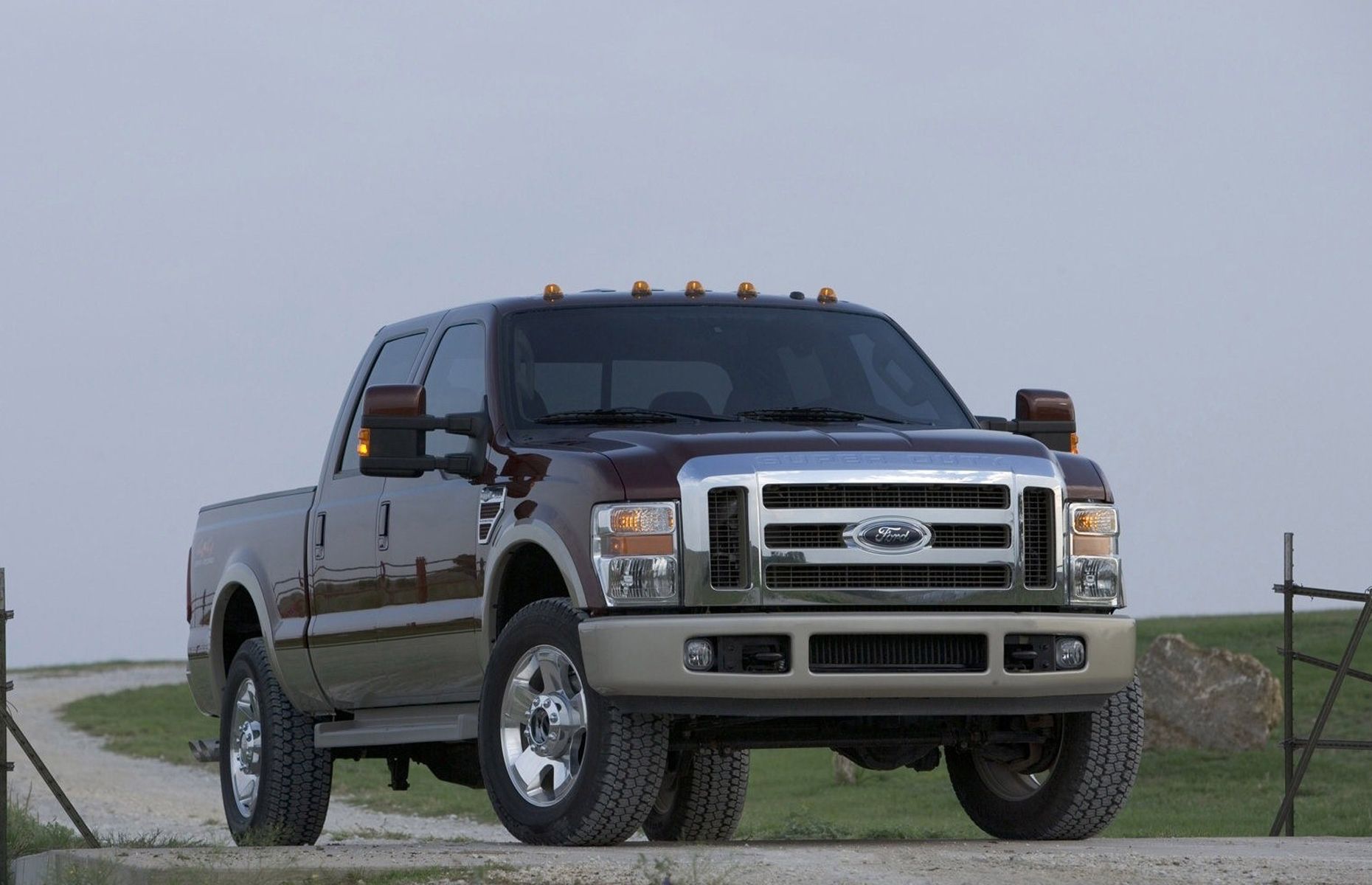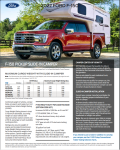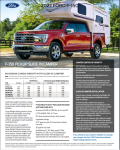Two things on that. #1, just because a lawfirm filed a lawsuit doesn't mean Ford will be found liable for anything.
#2, the legal firm filing the lawsuit is Hagens Berman, which is a class action law-firm (aka ambulance chaser) who is only looking for a settlement and payout. Their MO is to get a large class action going, and subsequently settle for a major payout. Ford, if they pay, won't have to admit fault, owners of the trucks will get next to nothing, and the lawyers get a massive payday.
Fair enough; I didn't know that about the litigant firm, but there are other examples too though of manufacturers being held to account via legal processes. The Pinto is a good example, the firestone tires debacle being another. Chrysler had an issue with seatbelts some time ago that would come undone in a high speed impact or rollover, as well as a lawsuit related to the Pacifica lighting on fire.
I don't know how many of these have fully gone to trial as it's often in the best interests of auto manufacturers to settle these suits, but I would argue that a settlement because of a pending or ongoing court process is substantively the same as defending oneself in court, the only difference is how much time in front of a judge did they get before starting to write cheques. And of course, there is a whole other swath of auto manufacturers attempting to avoid having to defend themselves in court with the pre-emptive safety recalls like Toyota's floor mat situation or the Takata airbag issue.
My point is, auto makers regularly have to defend themselves on safety decisions, often because of legal processes.
But it's a minor detail on the overall conversation. What was this thread about again? Oh right, big trucks being too heavy.
Don't make any trucks too heavy, friends, and if you insist on doing so (it's a free country after all), at the very least spend some time making appropriate upgrades to handle the weight as safely as you can. Look to places like Australia who have approval systems for GVM upgrades and see the level of engineering that goes into those builds, and copy as much as you can. And even then - try to stay as light as you can.
Now for a REAL conversation starter - which tires handle heavy, over-GVM loads better, BFGs or Coopers?
(I'll check back in on this thread in a week to see how many more pages of debate that question has added, and then I'll bust out my question about polymer shearing in engine oils when the engine is under an excessive load to get us up over 100 pages)







